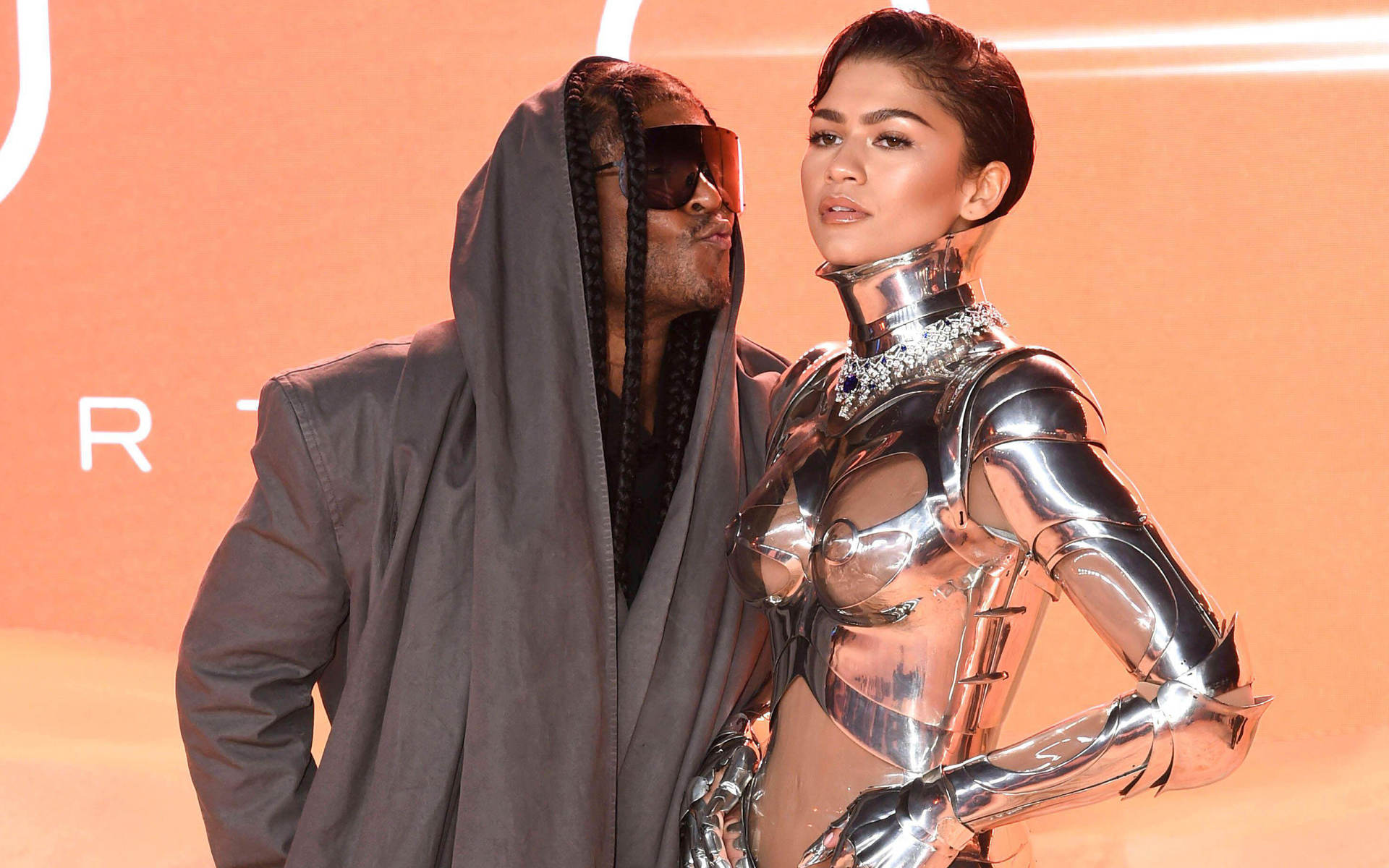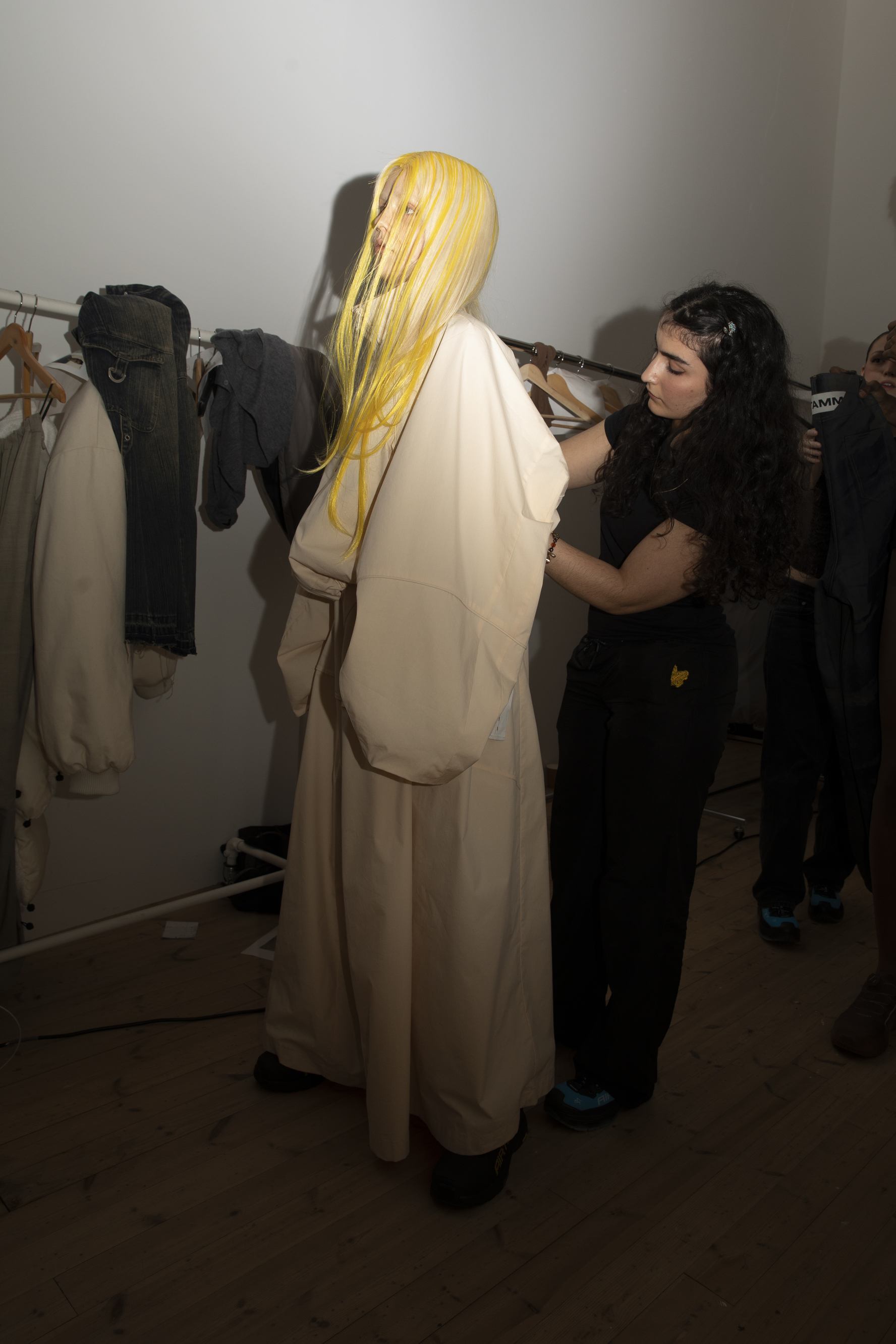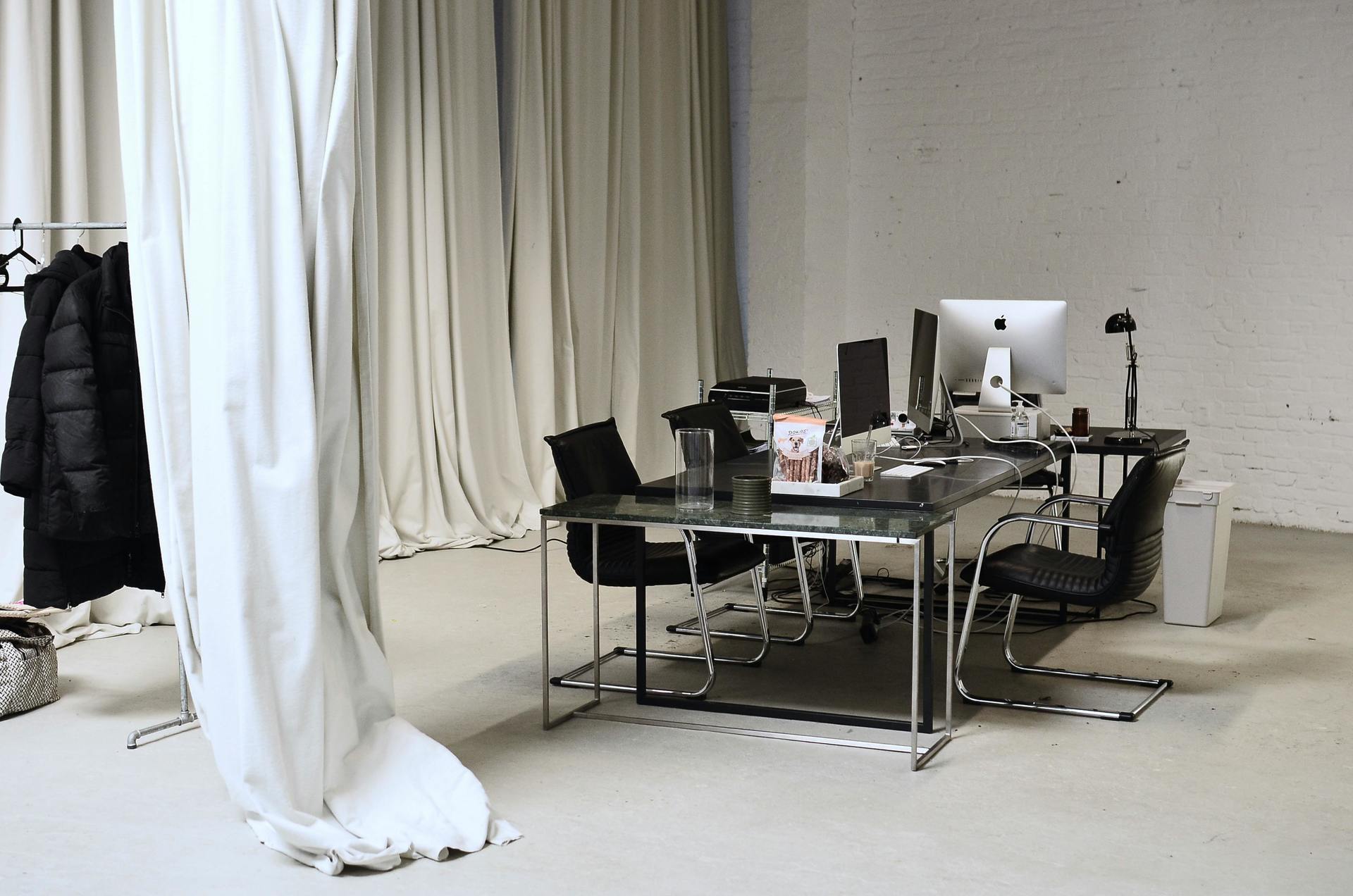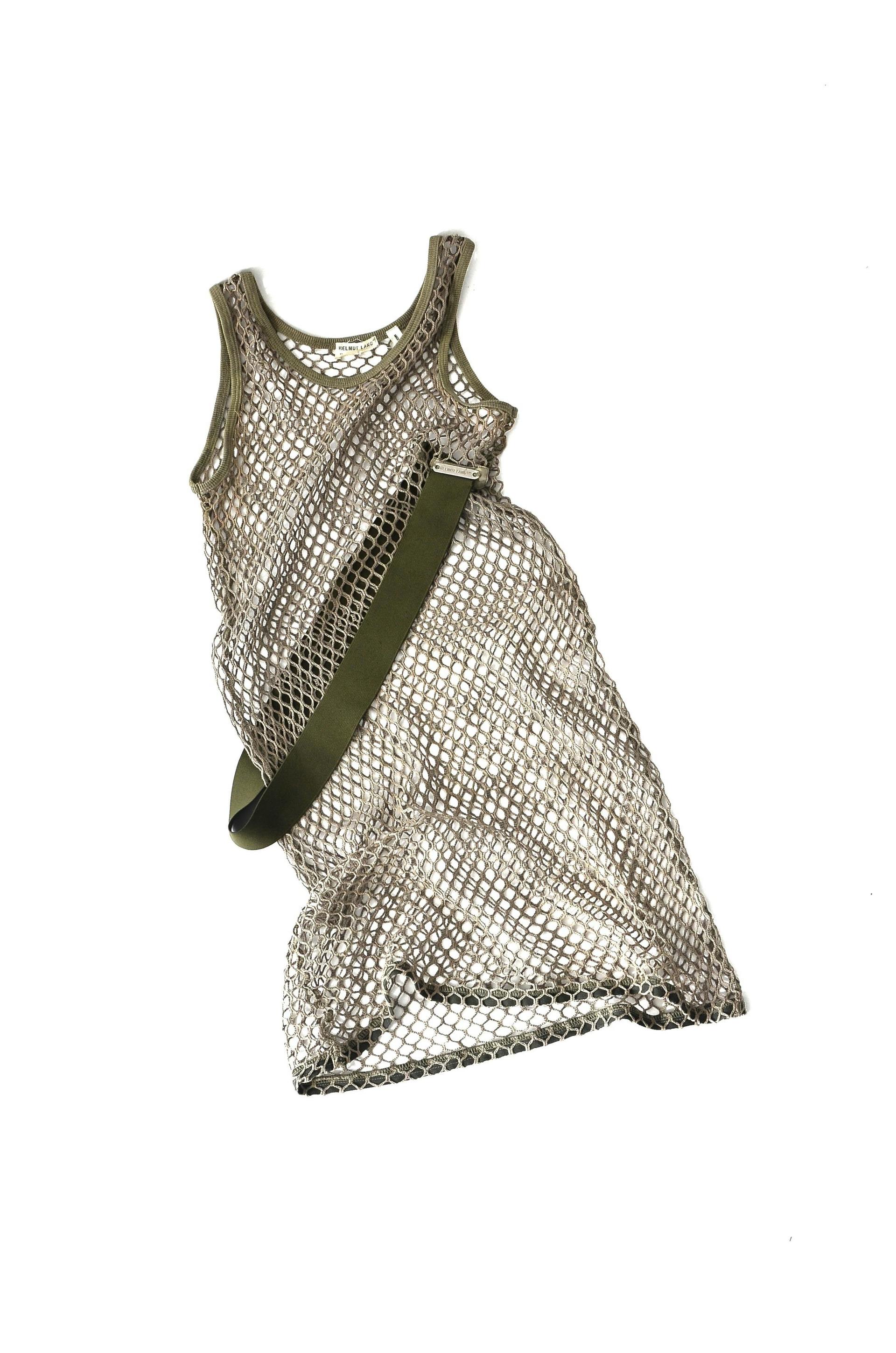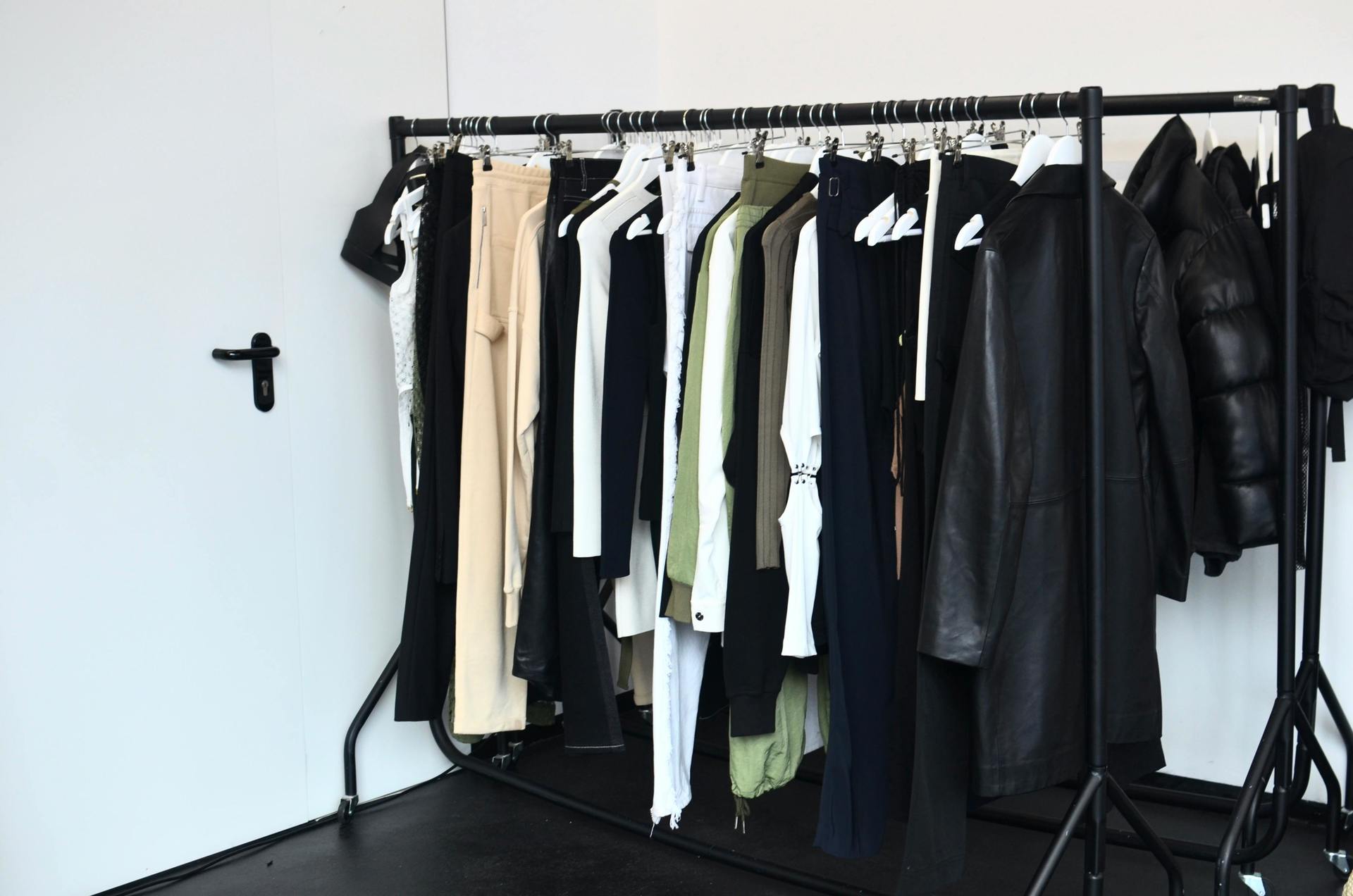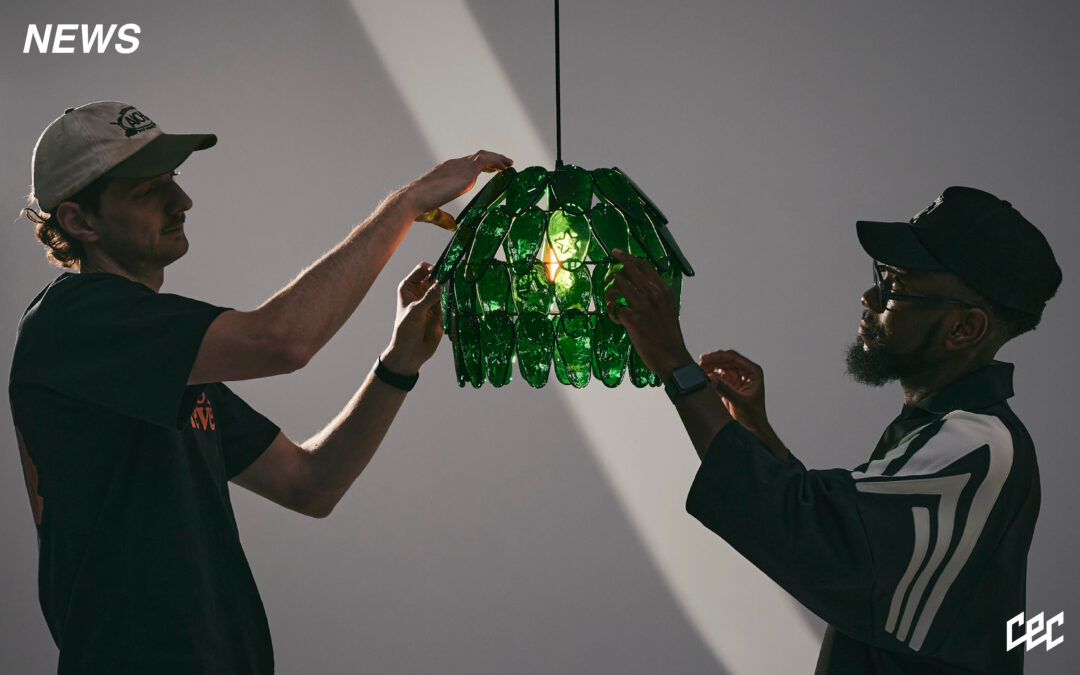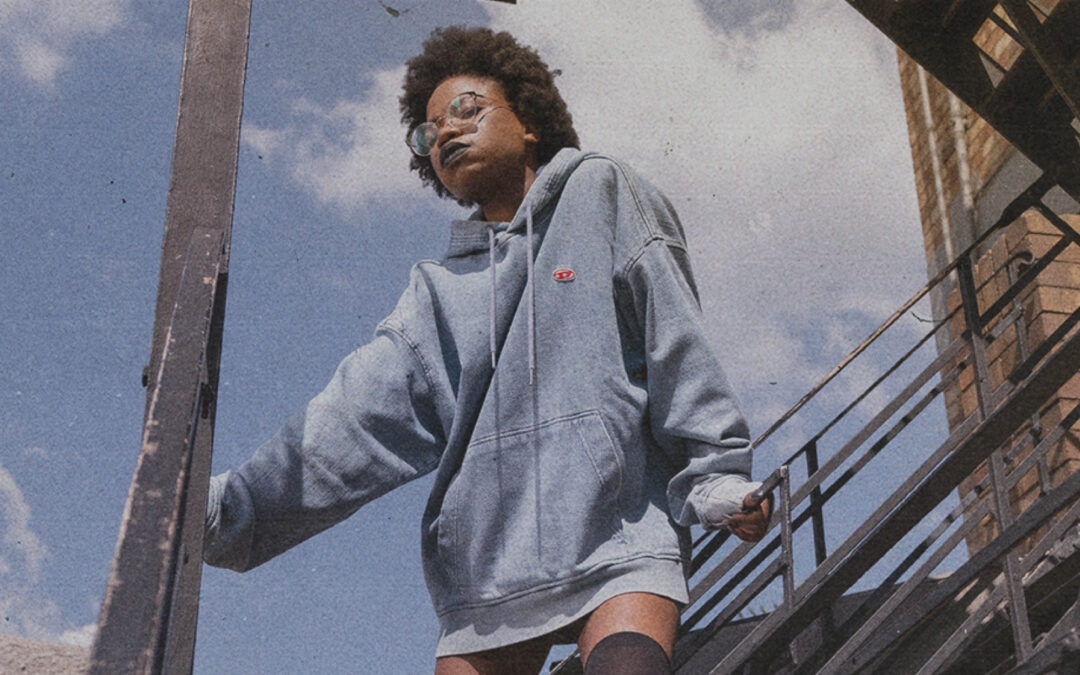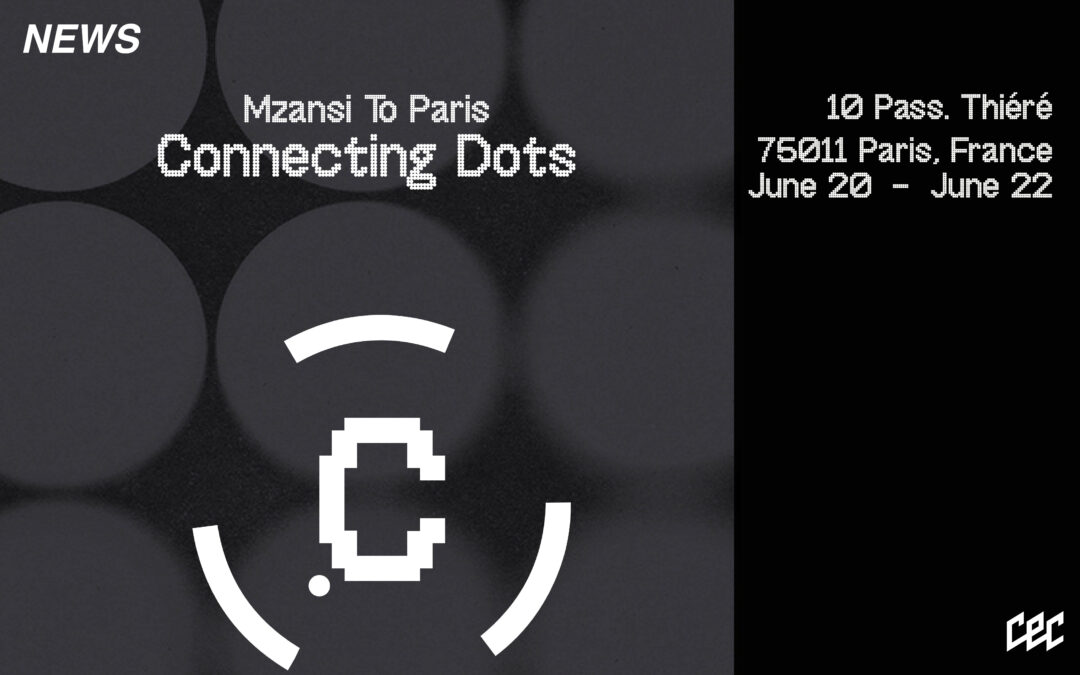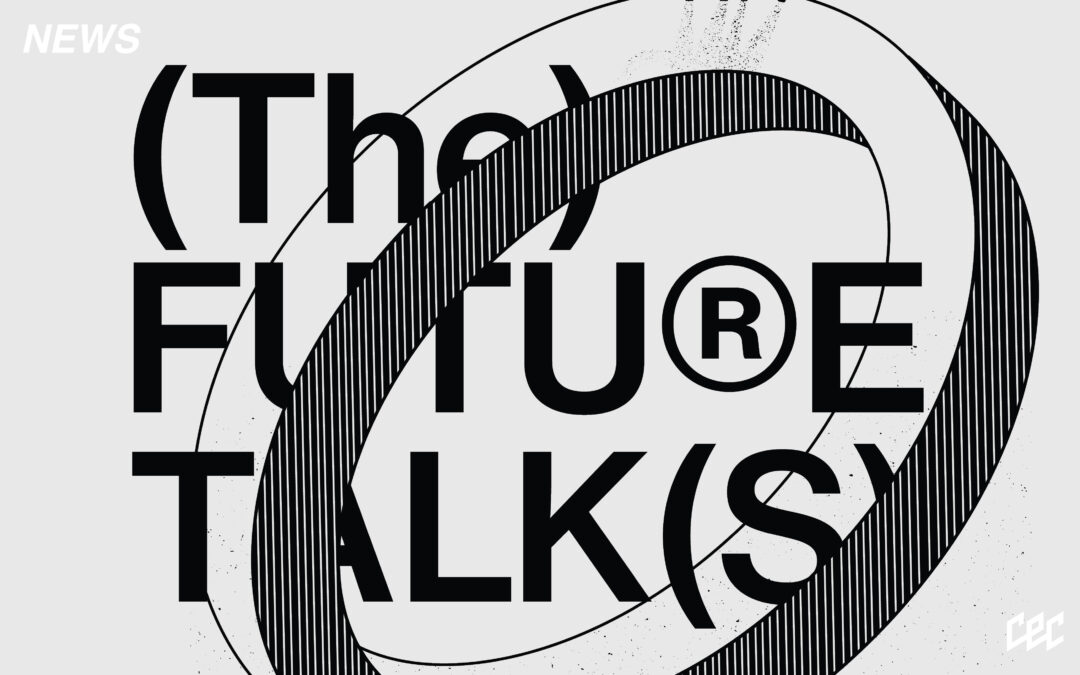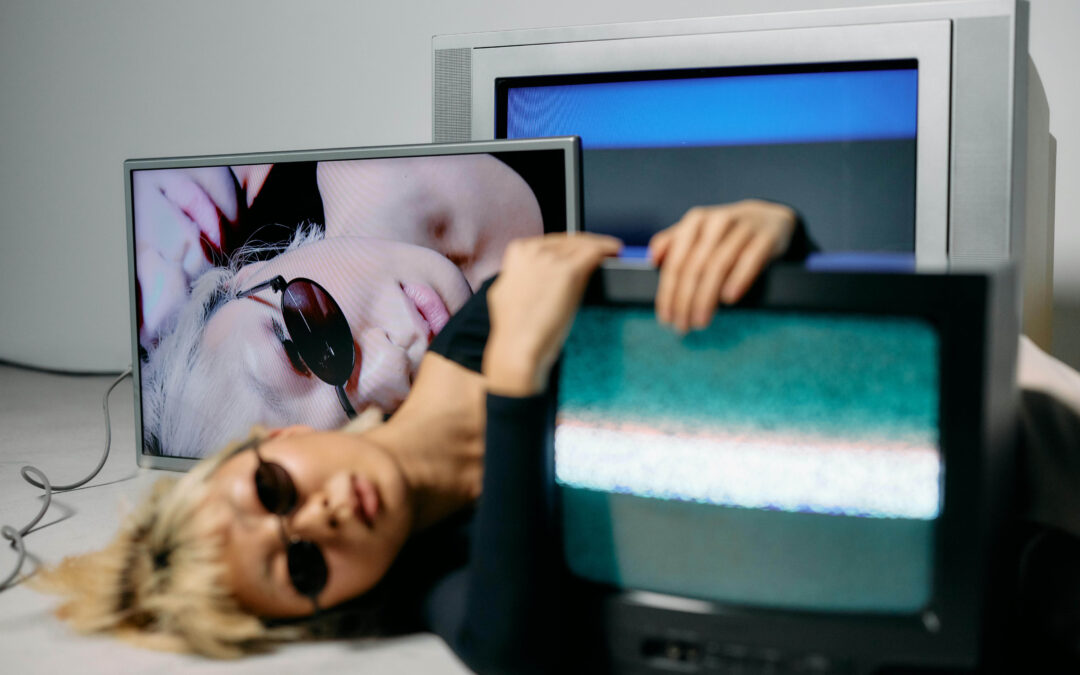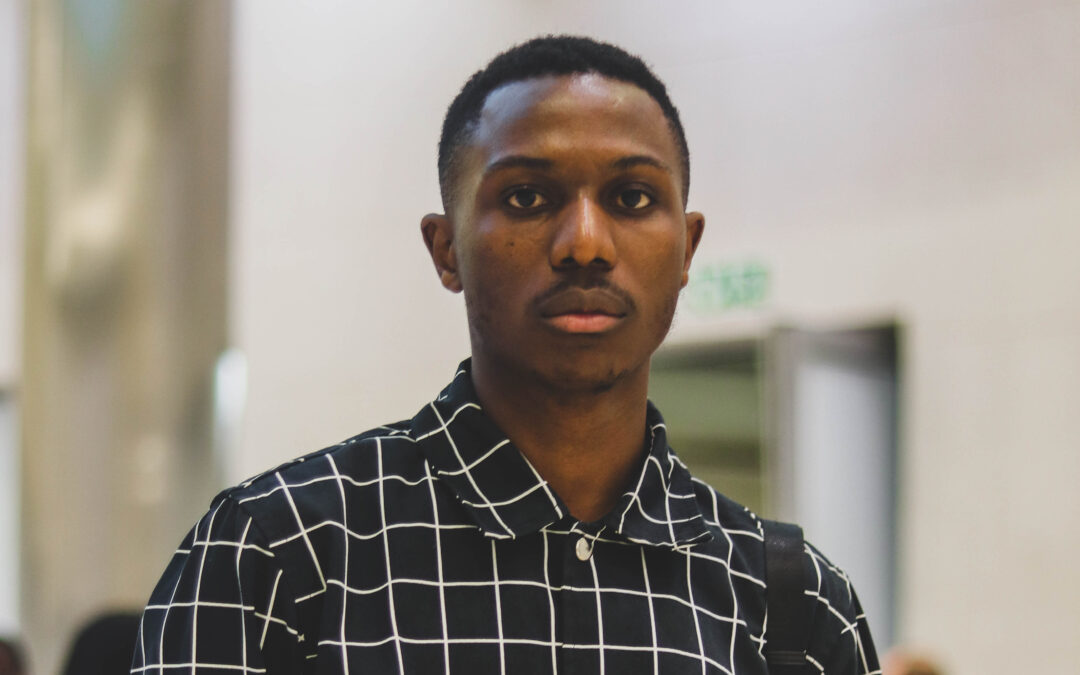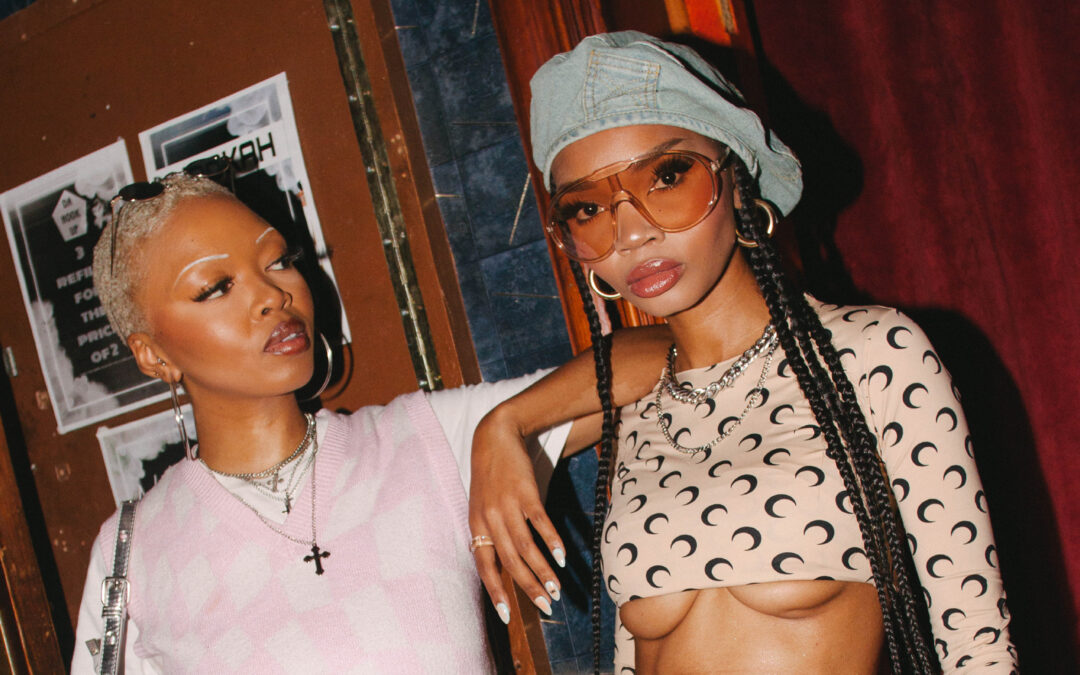Picture in your mind’s eye a rail of pristinely steamed garments – preferably colour coded or in ascending order of material composition or by order of outfit changes – neatly perched on a rail. Imagine a table covered in neat rows of jewellery – chunky rings, delicate necklaces, earrings of all different forms. The steamer is ready, the return receipts have been folded into a book somewhere, the China bags have been emptied and the looks have been finalised. The ‘for use’ forms dished out by designers have been signed, and the stylist’s job is only half done. This moment is the halfway point on set or before a client makes their final choices – and in the days leading up, the mind behind this moment has raced from store to store and rack to rack (and from email to email), moodboard in hand (or in the back of their mind), to bring about a synthesis of their point of view in tandem with their brief, provided by the client and (or) the creative director. Stylists are unequivocally Fashion’s (with a capital F) secret weapon.
Any fashion visual that we see – from campaigns, to editorials, to covers, to red carpets – exist in large part to the guiding hand and eye, born from the mind and vision of a fashion stylist. Today, being a stylist is a coveted role in the fashion industry; from Ib Kamara’s prodigal ascent as an editor-at-large at i-D to the current EIC of Dazed in his mid twenties (made possible through Ib’s effervescent styling and storytelling ability) to Law Roach’s starpower as the mind behind Zendaya’s sartorial expression; to be a stylist today is to be more than just somebody in fashion.
It’s strange, then, to contemplate that stylists were at one time a dirty secret: so behind the scenes for magazines that their names barely made the credit list, and in Hollywood during the 1980s – celebrities were dressing themselves. For the purpose of this story, we are going to take it decade by decade; uncovering some notable moments from the 1980s until today that may have shaped the way in which we understand the role of a stylist. Fashion lore is difficult to pick apart; it’s widespread and complex, and contextual to the rise of pop culture and fashion through a northern hemispheric lens. This is not to say, though, that these influences touch the surface of movements in sartorial expression around the rest of the world.
Skall Studio Backstage, photographed by Bryndis Thorsteinsdottir for AW24 Copenhagen Fashion Week via CPHFW Image Bank
Styling photographed by Skylar Kang, via Pexels
Styling is a broad term, but it can be distinguished into two categories. Editorial stylists work for brands, magazines and editorials, creating visually compelling and often thematic photo shoots. Their work is rooted in creative conceptulisation, using fashion in a collaborative setting to tell a story or convey a specific mood. Conversely, celebrity stylists focus on dressing individual clients for events like red carpets and award shows, making fashion choices that impact how celebrities are perceived. Think Karla Welch and her clients, Justin and Hailey Bieber, as the definition of a celebrity stylist – and Alastair McKimm of i-D Magazine, as the quintessential editorial stylist.
Back in the 80s, fashion was coming out of its ethereal, bohemian era as cemented by the previous decade – a time when music had truly become a religion, with bands like Led Zeppelin flamboyantly draped in chiffon shirts and bell bottom jeans (que Jimmy Page’s custom dragon suit by Japanese designer Kobayashi). The 70s saw the late and great Vivienne Westwood start her career as the stylist and dressmaker for the Sex Pistols, and in essence, cementing the articulation of ‘punk’ as an aesthetic. Vivienne’s work in this decade was among the first inklings of ‘creating’ the brand identity of artists through the medium of fashion.
So, with the sharp turn of the decade, fashion saw an amplification of this flamboyance with the emergence of pop culture as a full-blown commodity with the launch of MTV. Stars like Madonna and Grace Jones led by stylistic minds like Maripol began to carve out a visual language that was as important as their sound. Cocaine was flowing about as freely as champagne and the world was gearing up for a decade of excess, emblazoned in neon lights, sequins and BIG hair – the bigger, the better. Still, stylists were generally the ‘unseen’ hands of the visual phenomena of the 80s until the very last years of the decade – when icons like New York stylist Patti Wilson and Vogue’s Grace Coddington started to become internationally recognised for their influence on fashion. Grace Coddington is reported to have gone uncredited for ‘years’ at British Vogue, before joining American Vogue as Anna Wintour’s right hand creative director in 1988.
Enter, the 90s. What must go up, must come down – as the saying goes – and the 90s was a decade that turned its back on the 80s, in square rejection of all its glitz and hedonistic glamour. This decade is touted by fashion-philes as ‘the golden age for publishing’, with magazines like Vogue, Harper’s Bazaar, i-D and Dazed, becoming canonical texts laden with imagery by photographers like Mario Testiono and muses like Kate Moss. The decade was punctuated by moody and grunge sensibilities – and labels like Prada and Jil Sander introduced restrained minimalism, in which stripping away any sense of excess was fashion’s guiding principle. Pop stars like Britney Spears and all the surrounding boy bands were styled by figures like David Thomas, and fashion had truly become a currency between brands and marketing execs, looking to secure fame and fortune for artists. Though there is a clear through-line between each of the decades to this point that stylists have always been present, this is the decade that set the tone for editorial and celebrity stylists to be recognised as the creative visionaries that they truly are.
Archival Fashion photographed by Skylar Kang, via Pexels
Styling photographed by Skylar Kang, via Pexels
Before we enter the millennium, I would like to take this brief intermission to discuss the reason why, despite stylists being so obviously involved in fashion’s evolution, they might have been ‘kept a secret’? It’s called Hollywood, baby. When entertainment was first being conceived, the notion of films, TV and music being a kind of fantastical escape was an entirely new construct. This democratisation of entertainment hinged on the idea that any good production or product must appear to the masses as if made of magic. As Rachel Zoe wrote for The Hollywood Report, “being a stylist used to be a very behind-the-scenes job, not really talked about. Now celebrities are advocates for their team. They post pictures of their stylist, hair and makeup people nearly every time they get ready and credit them on Instagram. That was unheard of a decade ago. I wouldn’t even do an interview about my clients without permission from them. It was much more secretive. If we took pictures on Oscar night or premiere day, it was for our eyes only.”
This era of secrecy was intended to lend an air of mystery to the exaltation of celebrity culture, Hollywood, and as a consequence – fashion. Though, eventually the road led to the bolstering of a mainstream recognition for fashion image-making as a production; and the charge was in fact, by most accounts, led by Rachel Zoe, who launched her show ‘The Rachel Zoe Project’ to a 2000s audience of fashion-obsessed, initiating one of the first ‘behind the scenes’ into what styling (specifically, celebrity) truly was.
As is true for almost anything in the 21st century, the role of the stylist has been irrevocably shaped by social media. In the 2000s, 2010s and now in the 2020s, social media apps like Instagram and Twitter gave voice to stylists (and all creatives in fashion) to carve their own personas, through phone screens and desktops. There are very few secrets today, and as fashion audiences, we have greater access to details and behind-the-scenes than was ever possible before. Today, we can check the profiles of our favourite stylists to be directly updated with their work – whether it’s red-carpet or editorial, personal or branded. As Karla Welch explains in her episode on The Cutting Room Floor (in my opinion, the greatest fashion podcast that exists), “stylists today are power-brokers”, responsible for shaping and maintaining the public image of their clients, which could lead to deals with brands and greater opportunities. Karla reveals that as a leading stylist, she will cut a percentage from brokering a deal between one of her clients and a brand. For example, Hailey Bieber’s long standing partnership with YSL. This episode is key in understanding some of the ‘process’ involved in this new and lucrative era of styling, along with Law Roach’s episode on CRF, in which he explains that this collaboration with Zendaya was part of elevating her, ultimately leading to advancements in her career and credibility, and in turn, is own career. Image is everything, and to be an image architect is synonymous with the repertoire of a stylist.
Stylists are indispensable for the fashion’s hand in cultural expression. Locally, we can think of legends like Bee Diamonhead, Amy Zama and Chloe Andrea Welgemoed – who each have carved South Africa’s current sartorial vision, in the context of our industry’s moves and country’s references. Being a stylist is to be a translator between visions held by photographers, designers and directors – that is born into a language understood through our eyes and emotions. Here’s to a fashion future in which the role of the stylist, and the instructable amount of work that goes into the job, is celebrated and respected.
Fashion doesn’t happen in a vacuum, darling – but you’re definitely going to need a steamer.
Learn more from fashion podcasts, for your pleasure:
The Cutting Room Floor by Recho Omondi
Articles of Interest by Avery Trufelman
Written by: Holly Beaton
For more news, visit the Connect Everything Collective homepage www.ceconline.co.za

